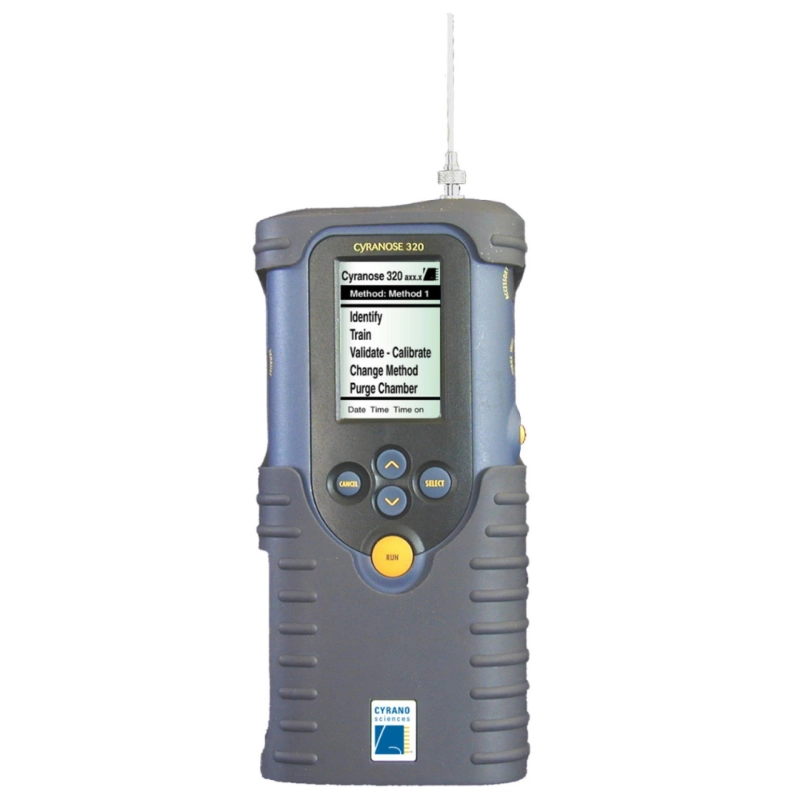Environmental monitoring is play crucial for maintaining the health and sustainability of our planet. With the growing concerns over pollution and its impact on air and water quality. The development and implementation of advanced sensing technologies have become imperative.
Nanosensors, with their exceptional sensitivity and miniaturized form factor, have emerged as innovative tools for environmental monitoring. In this blog, We will explore the main role of nanosensors in monitoring water and air quality. As well as detecting and mitigating pollution, highlighting. Their potential in revolutionizing environmental conservation efforts.
Nanosensors for Water Quality Monitoring
Water pollution poses a significant threat to ecosystems and human health. Nanosensors offer a powerful means of monitoring water quality parameters such as pH, temperature, dissolved oxygen levels, and the presence of contaminants. By leveraging nanomaterials unique properties. This sensor can rapidly detect and quantify contaminants like heavy metals, pesticides, and pathogens with high precision and sensitivity. This enables real time monitoring of water bodies, allowing for early detection of pollution and prompt mitigation measures.
Air Quality Monitoring with Nanosensors
Air pollution is a pressing global concern affecting, the health of millions and contributing to climate change. Nanosensors play a crucial role in assessing air quality by monitoring various pollutants. Including particulate matter volatile organic compounds (VOCs), nitrogen oxides, and carbon monoxide. The miniaturized nature of nanosensors allows for their integration into wearable devices, smart city infrastructure, and even drones. Enabling real time and spatial monitoring of air pollution levels. The data collected by these sensors facilitates targeted interventions to reduce pollution sources and mitigate adverse health effects.
Detecting and Mitigating Pollution
Nanosensors not only enable the monitoring of air and water quality but also assist in identifying and mitigating pollution sources. For instance, nanosensors can detect gas leaks in industrial settings or monitor emission levels from vehicles. With their high sensitivity and responsiveness. These sensors allow for prompt identification of potential risks, enabling proactive measures to address pollution at its source. Additionally, nanosensors can play a vital role in monitoring the efficiency of pollution control measures and ensuring compliance with environmental regulations.
Advancements in Nanosensor Technology
Continuous advancements in nanosensor technology are expanding their monitoring capabilities. Researchers are developing nanosensors that can detect low concentrations of pollutants and even distinguish between different types of pollutants simultaneously. Furthermore, efforts are underway to enhance the durability and longevity of nanosensors. Ensuring their reliable performance in harsh environmental conditions. These advancements are poised to revolutionize environmental monitoring, providing valuable insights for creating effective pollution mitigation strategies.
Challenges and Future Outlook
While nanosensors hold immense potential in environmental monitoring, They also face challenges that need to be addressed. Calibration long term stability, and scalability are important considerations in ensuring the accuracy and reliability of nanosensor data. Moreover safety concerns regarding the release of nanoparticles in the environment need to be thoroughly evaluated. Standardization and regulations regarding the use of nanosensors in environmental monitoring are also essential for their widespread adoption.
Looking forward, the future of nanosensors in environmental monitoring is promising. As the technology continues to advance, the cost of nanosensors is expected to decrease, making them more accessible for widespread deployment. Integration with Internet of Things (IoT) platforms and data analytics will further enhance their capabilities. Enabling real-time monitoring, data driven decision making, and improved management of environmental resources.
Nanosensors have emerged as powerful tools in environmental monitoring, revolutionizing the way we assess and address pollution. With their high sensitivity, miniaturized form factor, and potential for real time monitoring, nanosensors contribute to the early detection of pollution, enabling prompt interventions to protect ecosystems and human health. As the technology continues to evolve, It is crucial to address challenges and ensure the responsible and widespread deployment of nanosensors, and similar monitoring and detection devices like electronic nose. By leveraging the capabilities of nanosensors, We can work towards a cleaner and more sustainable future, safeguarding our valuable water and air resources for generations to come.


